April 14, 2025 | 02:40 GMT +7
April 14, 2025 | 02:40 GMT +7
Hotline: 0913.378.918
April 14, 2025 | 02:40 GMT +7
Hotline: 0913.378.918
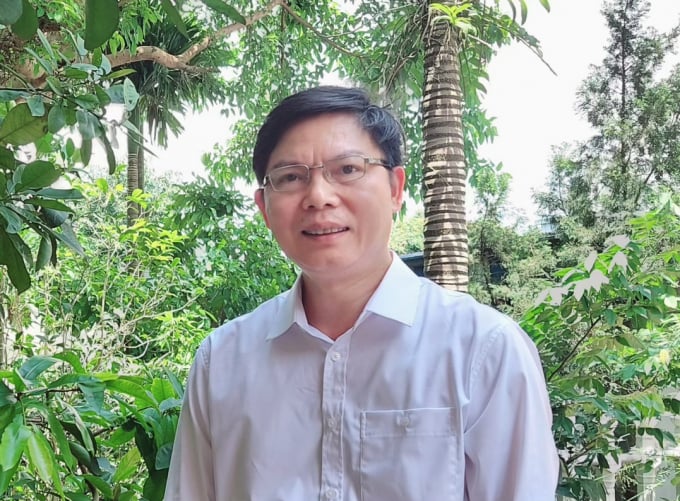
Prof. Dr. Pham Van Dien, Deputy General Director of the Vietnam Administration of Forestry under MARD. Photo: MP.
As a country joining the UNCCD Convention against Desertification since 1998, how do you assess the risk of desertification in Vietnam?
Desertification is not clearly a typical natural process in Vietnam. Although some lands have the "style" of a desert, they are beautiful deserts with mostly sand dunes- an innate phenomenon of nature, such as those in Mui Ne, Binh Thuan Province where red and white sand dunes appear so attractively on an area of more than 3.5.00ha of land. The whole country has more than 400,000 ha of "desert" formed by nature since a long time ago, with little human intervention thus creating a diversity of landscapes and cultural, economic and social values.
Desertification is the final stage of land degradation-a process that changes from good and fertile to bad soil so causing a reduction of production and cultivation capacity. In many cases, degradation also causes the situation of "environmental refugees" or immigration. In the long term, if it is not prevented timely, the process of degraded land will turn into dead land and desert.
The risk of desertification in Vietnam depends mainly on our ways and actions of solving issues in land management and use, especially the cultivating land.
Can you clarify more about the risk of cultivation land turning into a desert in our country?
Land degradation is divided into four levels. The first is the group of land at risk of degradation, about 6.7 million hectares. Next is the group of land with signs of degradation, about 2.4 million ha. The third is those have been degraded, about 1.3 million ha. The last is the group of desert land, formed from the third group, now has an insignificant area.
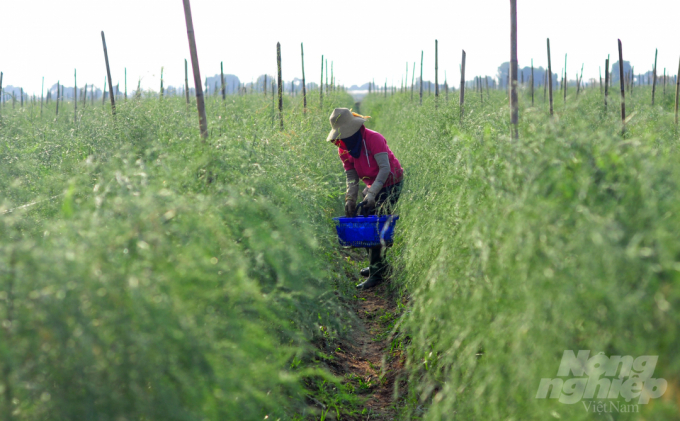
Asparagus growing is developing in the dry land of Ninh Thuan. Photo: MH.
What solutions do we need to prevent the formation of desertification due to land degradation in Vietnam?
In my opinion, land degradation in our country is mainly due to unreasonable land use and management with the synergistic effects of climate change.
The irrationality is that a long time ago, the thick green coverage of vegetation on the surface of the land was torn, thinned, and shriveled in many places, especially the upstream with high altitude, high slopes, heavy rainfall and those in coastal areas.
In some other places, such so-called green mantle is only created for a short time and removed before the rainy season or exploited leading to degradation after each harvest season or cycle.
Improper maintenance of vegetation cover together with the impact of some factors such as generating runoff, erosion, the decline in fertility, drought, heat, salinity intrusion, and shortage of groundwater levels in tropical nature, has accelerated the process of land degradation. As Karl Marx once said, there was no bad soil, only human farming made it bad.
The most effective and economical solution to prevent desertification is to implement the motto of using land close to nature and friendly to the environment.
The fundamental and strategic solution is to maintain and establish green spaces everywhere, in which forests play a key role, especially natural forests and mixed plantation forests with long cycles. Developing organic agriculture is an inevitable trend. Organic farming will help protect the land and people, create dual benefits for safe economic products and improve the natural fertility of the soil.
It is necessary to assess and classify the level of degradation risk and the resilience of the land so that to find appropriate short and long-term measures. The most effective solution applied in the world as well as in Vietnam today is mainly to maintain vegetation.
Farming should increase the soil fertility, increase the green color of the vegetation. Restoring land is not only restoring a resource-an important means of production but also replenishing a valuable asset, preserving and protecting our habitat.
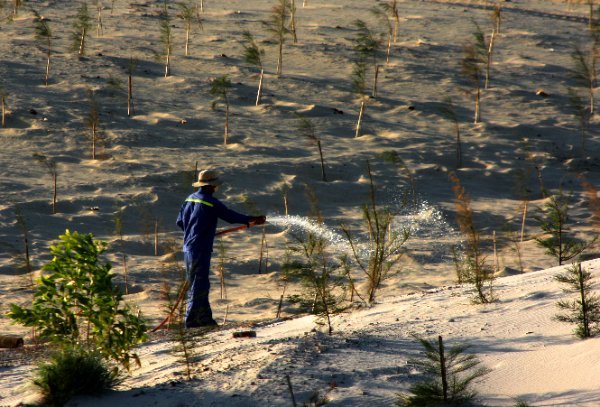
Greening the ground and retaining water for the soil play an important role in preventing desertification in Vietnam. Photo: VD.
As you say, a key to solving the problem focuses on giving life to the soil making it with the highest fertility to effectively prevent desertification, is it right?
It is right. Soil fertility, or roughly speaking, "thin" soil, "fatty" soil is an indicator of living soil. It is important to keep the water in the soil and preserve the soil right in its place. Soil that is moist and not suffering from erosion or landslides is good soil.
Forest is actually the largest freshwater reservoir in the world. Water contained in 1,000 ha of forest land is estimated equivalent to the amount of fresh water in a reservoir with a minimum capacity of 1 million cubic meters. We see that the water level in rivers and streams is maintained in the dry season because water from the forest is "released". The regulation of water will prevent drought and saltwater intrusion. That means it will prevent land degradation in downstream areas.
Another solution is to associate state management of land with state management of farming. Proper land and soil planning also mean implementing "an inch of land, an inch of gold" plan and replenishing the land, so that it does not lose its value or become places that can cause risks and dangers to human.
It is necessary to pay attention to forecasting risks and trends of climate change as well as building a database on land degradation and restoration to choose appropriate farming management solutions and use.
How about the solution of technological advances in forestry to prevent degradation and desertification, and improve economic efficiency on desert-style lands?
Land use and management, land degradation prevention and restoration are the totality of activities. Each stage of the process requires the application of technical progress by doing that, we are becoming better and better at mastering these technologies.
Currently, the forestry sector has developed nearly 300 technical standards, especially i remote sensing technology, which predicts a great development to help timely and effectively monitor the degradation and recovery of forest land. This system can now clearly illuminate the ground up to 0.6m depth, so it is completely possible to recognize the detailed characteristics of each plot of land and forest at the microlevel.
In short, technological advances are helping us change our way of addressing land degradation. If using land makes it worse, it is like a loss of property and abuse of nature’s capital. Protecting the land and preventing land degradation mean protecting our long-term, sustainable and prosperous green economy.

(VAN) According to Deputy Prime Minister Bui Thanh Son, through this P4G Summit, Vietnam aims to convey the message of transforming its growth model towards rapid and sustainable development.
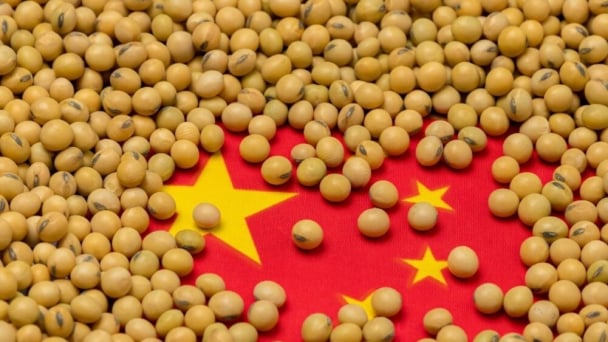
(VAN) Soybean production has been a priority for China to ensure food security, with increased soybean cultivation and yields highlighted in the annual No. 1 Central document.
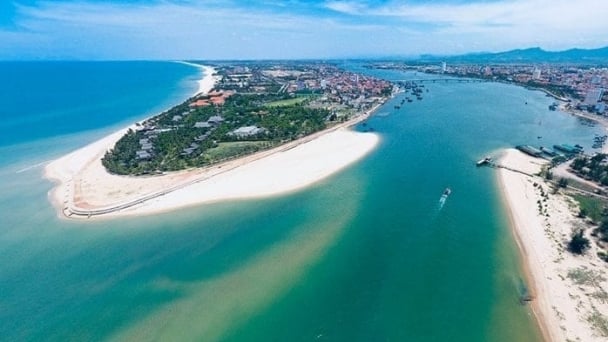
(VAN) Vietnam Sea and Islands Week 2025 is expected to take place in Quang Binh, featuring a series of meaningful activities aimed at protecting the ocean through green technology solutions.
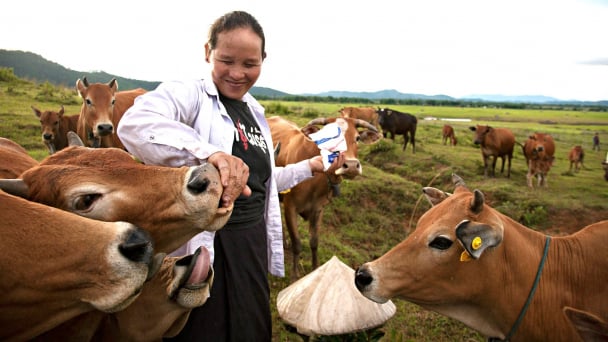
(VAN) The One Health approach is no longer merely an option, as increasingly complex challenges confront health and food systems.
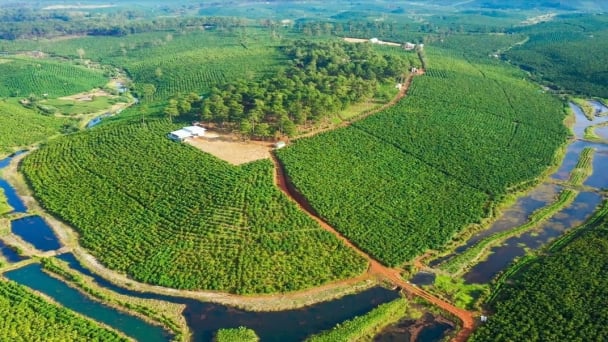
(VAN) The project promoting sustainable coffee production, with a focus on waste management and raising farmers’ awareness, has achieved many positive results after nearly two years of implementation.
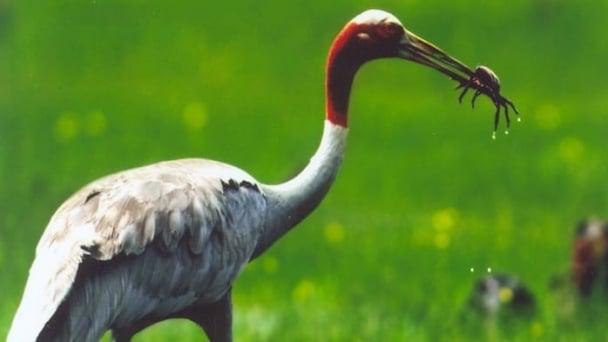
(VAN) Transferring and receiving 6 individuals of the red-crowned crane from Thailand to Vietnam marks a significant milestone in the conservation efforts for this species.
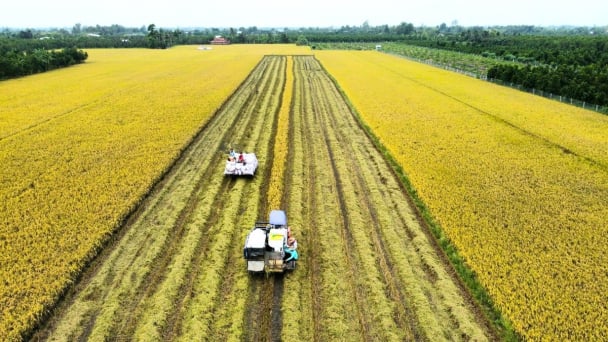
(VAN) After more than a year of implementation, the One Million Hectares of High-Quality, Low-Emission Rice project has completed the first steps, but it needs breakthrough solutions to deepen impacts in the upcoming phase.